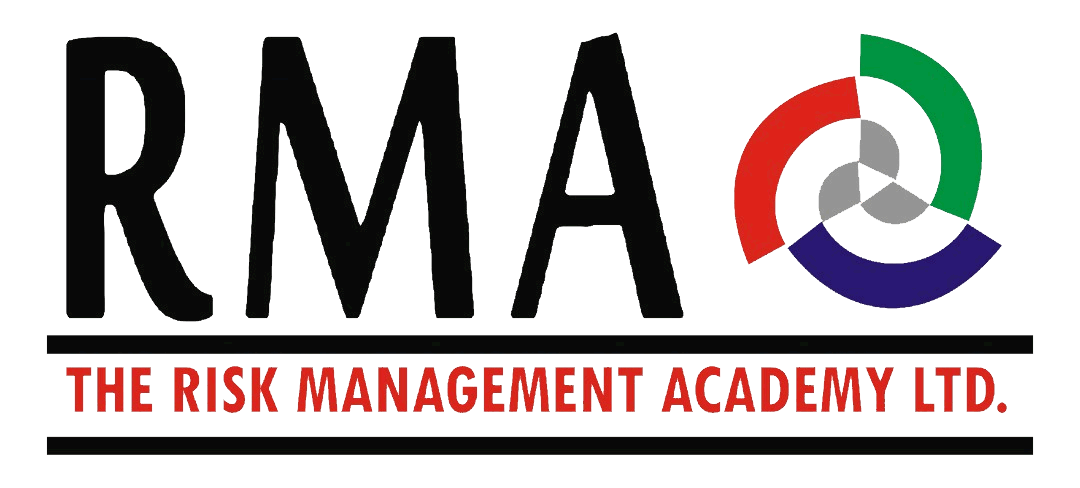Description
OVERVIEW
To manage the cybersecurity function business, you must first understand its language and its environment. This course covers the foundations of cybersecurity, including threats and vulnerabilities as well as the tools, technologies, and strategies used to manage it. The program introduces participants to the Governance, Risk, and Compliance (GRC) framework as a strategic and integrated approach to managing cybersecurity. It emphasizes aligning cybersecurity efforts with business goals, identifying and mitigating risks, and ensuring regulatory and standards compliance. The Certified Cybersecurity GRC Professional certification demonstrates your expertise in Governance, Risk, and Compliance (GRC) principles within the cybersecurity field.
OBJECTIVES
At the end of the program, you would be able to:
- Define key concepts and terminology in Cybersecurity
- Describe key threats to cybersecurity
- Identify the importance and functions of Governance, Risk Management, and Compliance in Cybersecurity program management;
- Identify the key components and methodologies of Cybersecurity policies and policy development;
- Understand the GRC Framework: Explain the key components of Governance, Risk, and Compliance in the context of cybersecurity.
- Align Cybersecurity with Business Strategy: Ensure security initiatives support enterprise objectives and regulatory needs.
- Identify and Assess Cyber Risks: Use structured approaches to identify, evaluate, and prioritize cyber threats and vulnerabilities.
- Implement GRC Tools and Practices: Apply processes and tools for ongoing cyber risk monitoring, reporting, and compliance tracking.
- Strengthen Compliance Posture: Understand and apply standards (e.g., NIST, ISO 27001, GDPR) and legal obligations.
- Build a Cybersecurity Governance Structure: Establish roles, responsibilities, and policies to manage cybersecurity effectively.
- Develop job-relevant skills with hands-on projects; and
- Earn a shareable career certificate
CONTENT/AGENDA
MODULE 1: INTRODUCTION TO CYBERSECURITY
MODULE 2: INTRODUCTION TO MANAGING CYBERSECURITY
MODULE 3: CYBERSECURITY GOVERNANCE AND PLANNING
MODULE 4: RISK MANAGEMENT FRAMEWORKS TO MANAGE CYBERSECURITY
MODULE 5: COMPLIANCE AND CONTROL INTEGRATION FOR EFFECTIVE CYBERSECURITY
MODULE 6: The GRC APPROACH TO MANAGING CYBERSECURITY
MODULE 7: ELEMENTS OF A CYBERSECURITY POLICY
MODULE 8: UNDERSTANDING THE CYBERSECURITY PROGRAM
MODULE 9:FOUNDATION OF NIST CYBERSECURITY FRAMEWORK
MODULE 10: GRC TECHNOLOGIES AND TOOLS FOR MANAGING CYBERSECURITY
MODULE 11: LAWS & REGULATIONS IN CYBERSECURITY
EXPECTED OUTCOMES:
Participants will:
- Gain a comprehensive understanding of how to apply GRC principles to cybersecurity.
- Be able to design or refine their organization’s cybersecurity governance model.
- Learn to assess and prioritize cyber risks with business impact in mind.
- Be better prepared to meet regulatory demands and pass audits.
- Know how to select and use GRC tools effectively in the cybersecurity context
DURATION: 2 days [ 5 Hours each day]
VENUE: Virtual or Onsite
PARTICIPATION FEE: N120,000 only.
DATE[TBC]: Send enquiry to: info@theriskacademy.org or call: 08021003297;07034248767;09071941111


